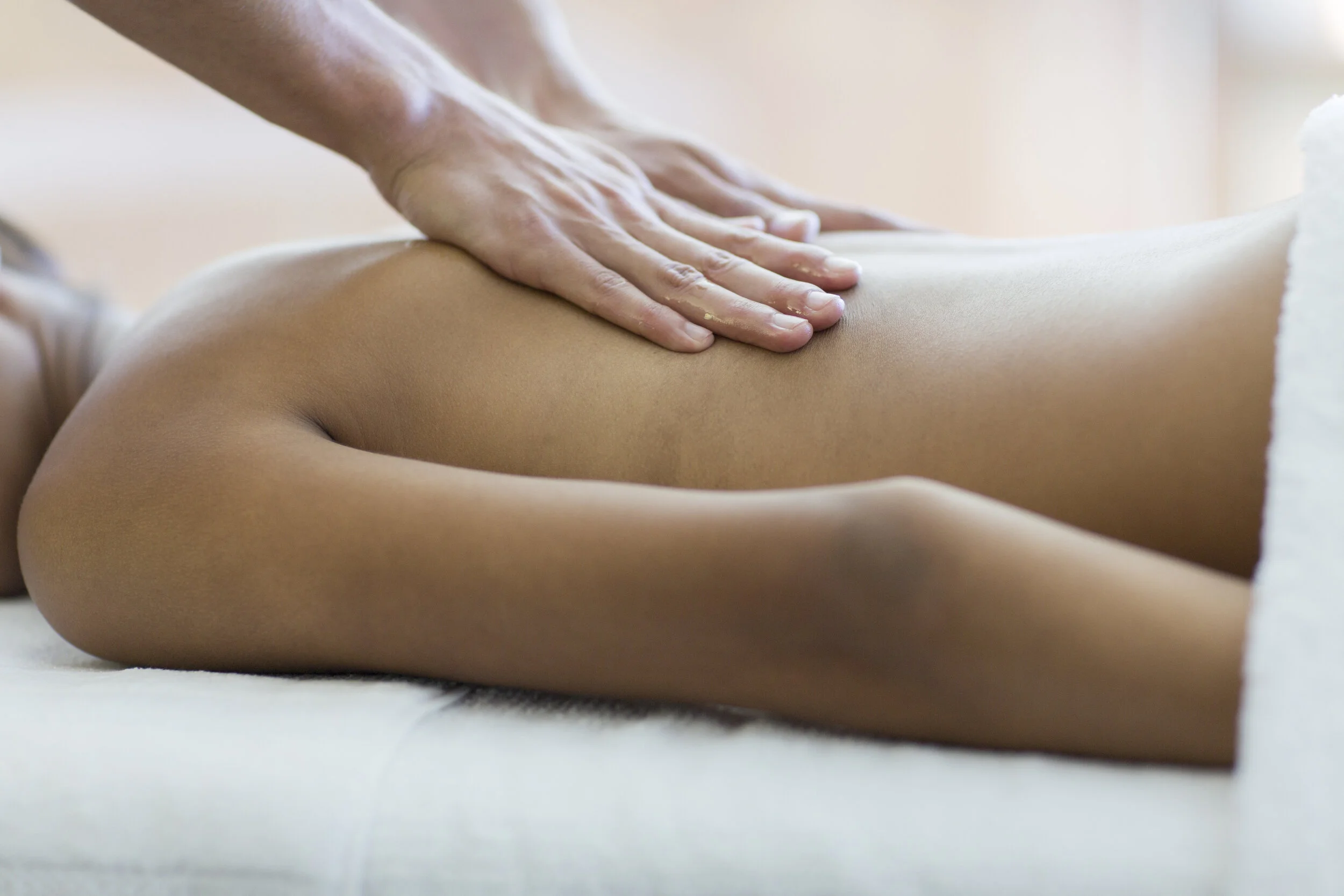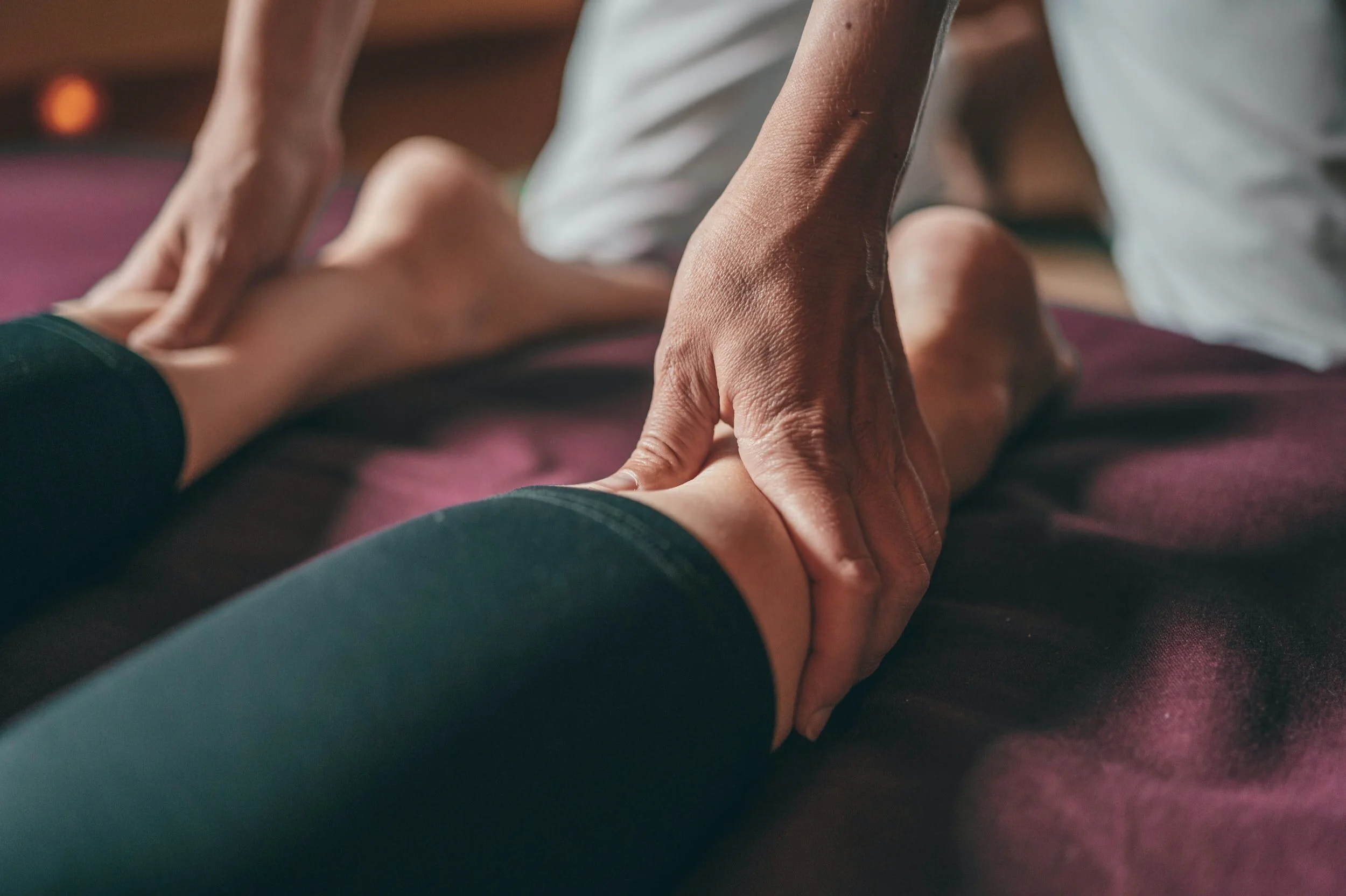What Type of Massage do You Need Right Now?
Being aware of the different styles of massage therapy is an important step in maximizing the benefits you can derive from it. It can also help you feel more comfortable during your massage when you know what to expect. But don't forget - the most valuable thing you can do is to communicate with your massage therapist before and during your massage so that your experience can be customized for your specific needs.
Swedish Massage
Lotion/Oil: YES
Pressure: LIGHT to MEDIUM
A Swedish massage typically begins with broad, general strokes and then transitions to specific strokes to address problem areas. Many of the strokes used in Swedish massage form the basis for many other types of massage. This style is a wonderful introduction to massage therapy and a great choice if you are looking to relax, improve sleep and soothe sore muscles.
Therapeutic Massage
Lotion/Oil: May or may not be used depending on client's goals
Pressure: LIGHT to DEEP
A Therapeutic massage provides a more targeted approach, with a focus on a particular ailment or with a specific goal in mind. Pressure and massage techniques can vary, depending on the client's needs and desired goals. Therapeutic massage commonly combines techniques from many other massage styles for a truly custom treatment.
Deep Tissue Massage
Lotion/Oil: YES
Pressure: DEEP
Deep Tissue massage is a focused, therapeutic massage that targets muscle knots and specific problem areas in the deeper layers of muscles and connective tissue. The movements tend to be slower, the pressure deeper, and the focus concentrated on areas of tension and pain. This style can be very effective for repetitive movement injuries, postural imbalances, chronic, tight or painful muscle problems and more.
NOTE: While the pressure of Deep Tissue massage is generally more intense than that of Swedish massage, it should not be painful. If you're experiencing pain, let your massage therapist know right away.
Thai Massage
Lotion/Oil: NO
Pressure: MEDIUM to DEEP
Thai massage is a unique blend of assisted yoga, passive stretching, and pressing massage movements. The therapist will use their hands or feet to position and transition the client through a sequence of postures, usually on a mat on the floor. There is no use of oil or lotion and the client remains fully clothed throughout the treatment. Thai massage is typically a full-body treatment and is generally more energizing than other forms of massage. It is commonly used to improve flexibility, increase range of motion and reduce stress. This style of massage is best for active clients who prefer deeper pressure. It is also ideal for clients who prefer to remain fully clothed during the massage session.
Sports Massage
Lotion/Oil: May or may not be used depending on client's goals
Pressure: MEDIUM to DEEP
Sports massage is designed to prevent and treat injuries, improve flexibility, enhance athletic performance, and speed recovery from overworked muscles. This style of massage can be used by any active person and by athletes of all abilities to prepare for or recover from physical activity. A massage session may focus on certain muscle groups (depending on which sport the athlete plays), or on an area of the body that is overused and stressed from repetitive movements. The use of stretching and compression are common, as well as trigger point therapy, friction, and joint mobilization techniques.
Hot Stone Massage
Oil: YES
Pressure: LIGHT to MEDIUM
This is a specialty massage where the therapist uses smooth, heated volcanic stones, either as an extension of their own hands, or by placing them on the client's body while massaging other parts of the body. The warmth of the stones radiates heat deep into tight muscles, which is especially relaxing for both body and mind.
Myofascial Release Therapy
Lotion/Oil: NO
Pressure: DEEP
Myofascial release describes the breaking down of tight fascia, which is the fibrous layer of connective tissue that allows the body to move and hold different body positions. When surface-level muscle tightness is felt, it is generally the fascia that is tight and not the muscle underneath. Tight or "stuck" fascia is also common with chronic pain, postural imbalances, and after surgery or an injury. While myofascial techniques can have incredible results - from pain alleviation, to increased flexibility and joint mobility - it can be uncomfortable during the session. It can feel hot, intense, and even painful for some clients. For this reason, myofascial techniques are best used for clients familiar with massage therapy and comfortable communicating their needs and comfort level with their therapist.
Trigger Point/Neuromuscular Therapy
Lotion/Oil: NO
Pressure: DEEP
A trigger point is a tight area within muscle tissue that can cause pain in other parts of the body. Painful trigger points can result in muscle strain, pain, and even headaches. The pain can feel sharp and intense, or like a dull ache. Trigger Point Therapy is designed to alleviate the source of the pain by locating and deactivating these trigger points. It is unique because it acts to release tension at the neuromuscular junction (the point where a nerve innervates a muscle stimulating it to contract), which differentiates it from other massage techniques. Like with Myofascial Release, communication between client and therapist is important. The client may be asked to actively participate in the session through breath work, positioning, or by identifying the exact location and intensity of the discomfort during the trigger point therapy.
Prenatal/Pregnancy Massage
Lotion/Oil: YES
Pressure: LIGHT to MEDIUM
This massage is customized to an expectant mother's needs. Using pillows and padding the client's body is properly positioned and supported in a "side-lying" position, which allows for a massage session with no pressure on the stomach. While Prenatal massage is often used to promote relaxation, it can also help in managing the back, hip and foot pain common in expectant mothers.
NOTE: Some massage techniques may be modified and some areas of the body avoided for the comfort and safety of both mother and baby.
I hope you find these descriptions helpful, but don't forget - there is no substitute for communicating with your therapist! Oftentimes the best massage therapy sessions combine techniques from various types of massage. Identifying your problem areas and goals for your session can insure that you receive the best possible massage. If you have questions about massage techniques or what might be the best fit for you, please feel free to contact me.














